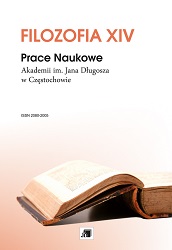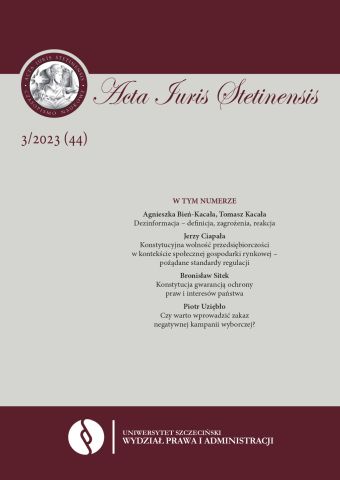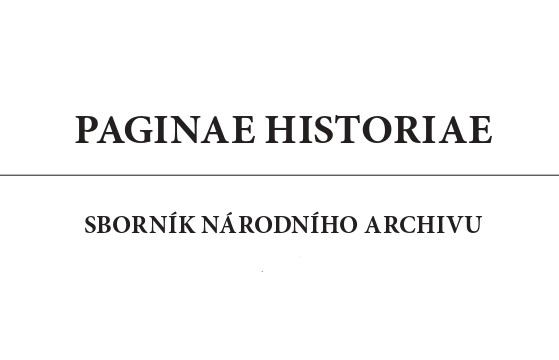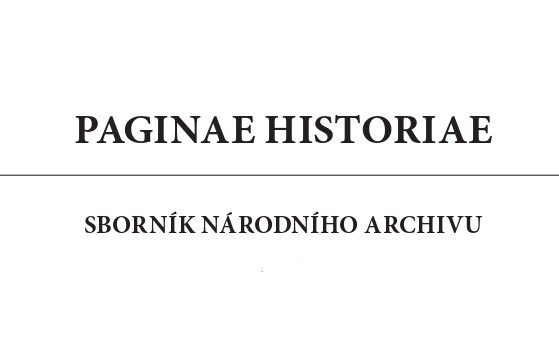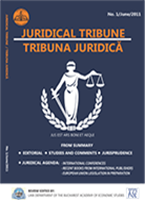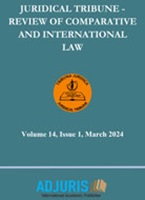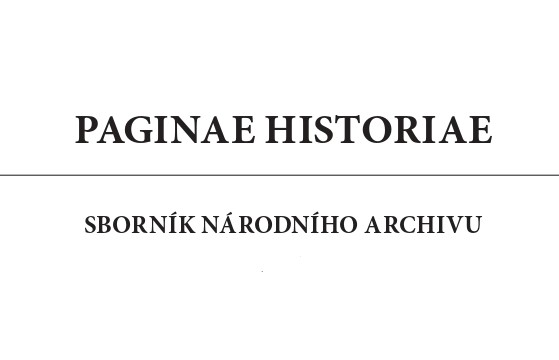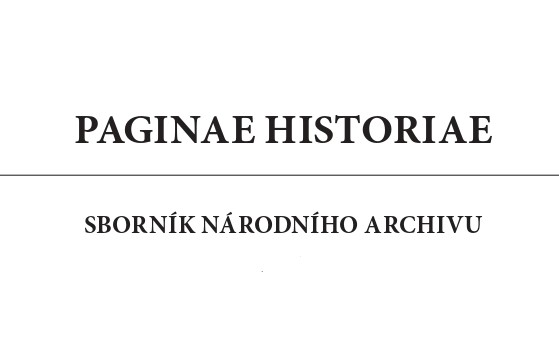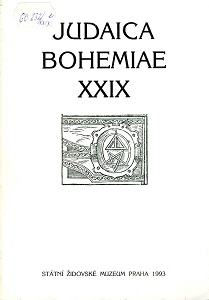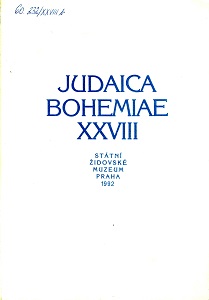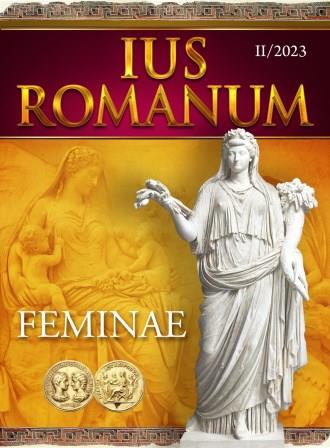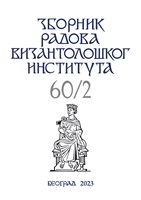Author(s): Lukáš Blažek / Language(s): Czech
Issue: 2/2016
After the World War II, Czechoslovakia pursued the course of a close cooperation with the Soviet Union. Th e leading role in the state was gradually taken over by the Communist Party of Czechoslovakia with Klement Gottwald as its leader. The communists managed to take control of the state in February 1948. Soon after, they started repressions against both real and imaginary political adversaries. The original Act on Protection of the Republic and the institution of the State Court from the pre-war era did not represent a tool firm enough for their purpose; therefore, new laws were passed, first, Act on Protection of the People’s Democratic Republic No. 231/1948 Coll., and the other, Act on the State Court No. 232/1948 Coll. This new legal regulation became a convenient tool for repression against political opponents. The State Court, established according to the Act No. 232/1948 Coll., started working on October 25, 1948 with Hugo Richter as its president. There was only one court with the purview for the whole territory of Czechoslovakia, it was, however, divided into three departments in Prague, Brno, and Bratislava. The main goal was to ensure a unified practise of the court and to provide the Communists Party a complete control over sentencing in political crimes. This was to be guaranteed by the newly established State Prosecutor’s Office as well. Another principle the State Court was built upon was the unitary jurisdiction over both civil and military persons, the competence of the State Court applied also to juvenile offenders. This had a major impact on organisation of the Court and on composition of its senates. Yet, this conception brought considerable problems in its functioning. Complications were caused by shortages in suitable military justice personnel for Brno department, the proceedings where military persons were involved were, therefore, necessarily concentrated in Prague. A third, important principle was the introduction of a non-professional element into deliberations of the State Court by means of lay assessors, which, after all, complied with the requirement of the Ninth-of-May Constitution. This principle was carried out directly in the Act on the State Court. Lay judges were appointed for the State Court by the Cabinet based on proposals from Regional National Committees and they stayed one year in their office. This lay element was present in the State Court military senates as well. The paper deals into detail with the organisation of the State Court from its origins to July 31, 1950. It describes and analyses the legal standing of the Court, together with the most important principles essential to its functioning in the first months after its establishment. The work of the Court gradually gained in intensity, in 1948 alone more than 800 cases were tried and more than 450 people were sentenced. The paper is based on results of scholarly research carried out in the field of State Court functioning in cooperation among National Archives, Faculty of Law and Faculty of Science of Charles University in Prague.
More...
